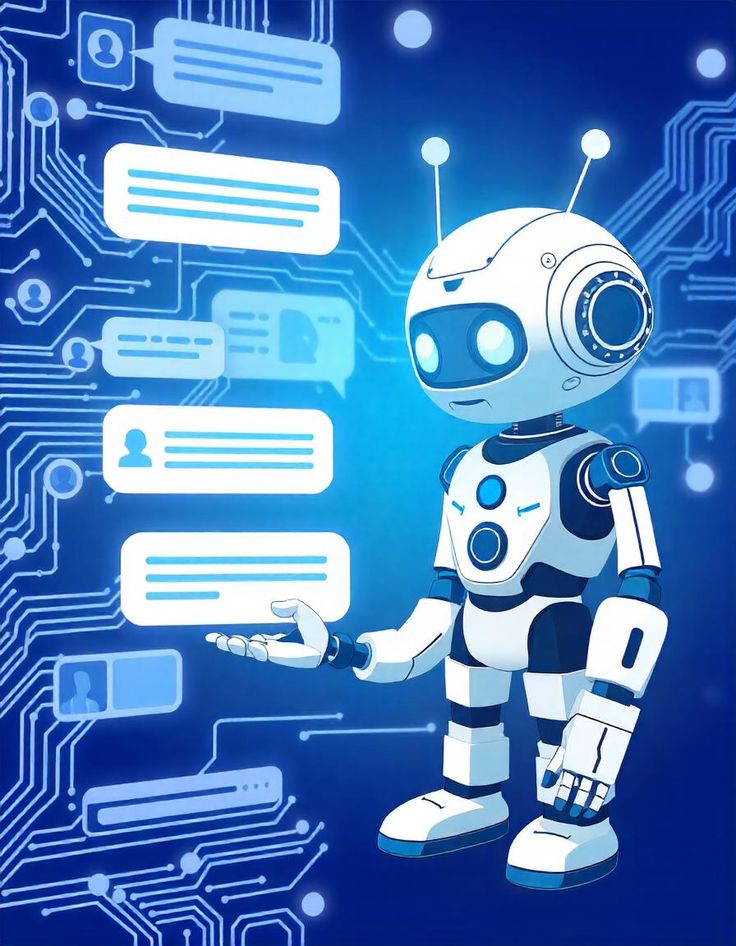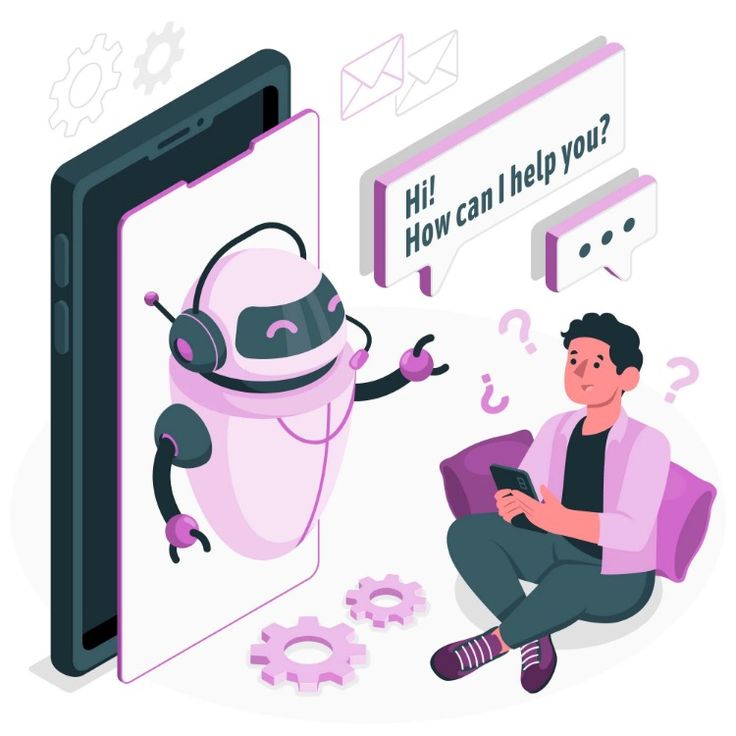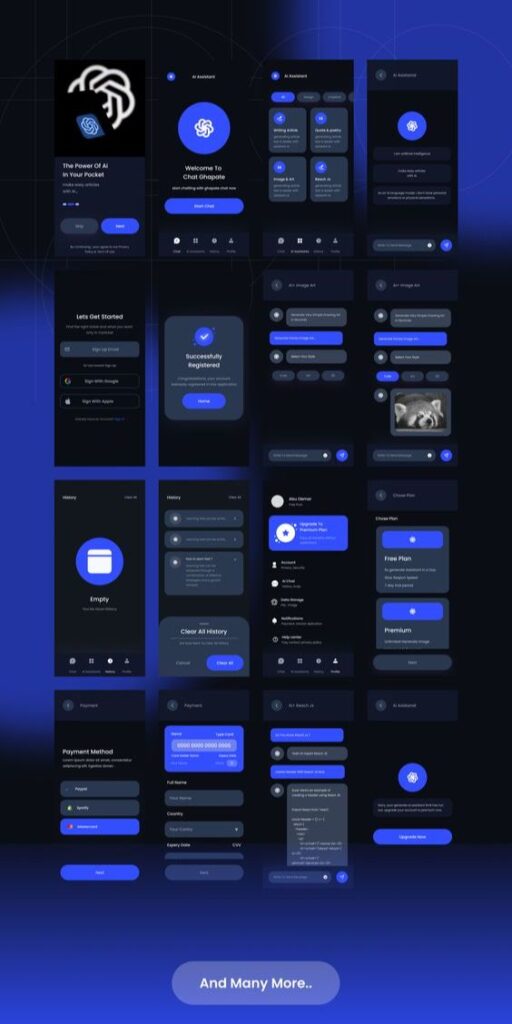Creating an effective chatbot involves understanding both the technology behind it and the needs of your users. You can develop a chatbot that not only answers queries but enhances customer engagement and satisfaction. By leveraging AI capabilities, you can create an intelligent assistant that learns from interactions and continually improves its performance.
The process of building a chatbot starts with defining its purpose and designing conversations that feel natural. You need to consider user experience to ensure that interactions are intuitive and efficient. Integrating advanced features can further elevate its performance, making it a valuable tool in your strategy.
With the right approach, your chatbot can be a game changer for communication and efficiency in your operations. Investing time in its design will pay off as you create a seamless experience for your users.


Key Takeaways
- Understand the core purpose of your chatbot for effective deployment.
- Design intuitive interactions that enhance user experience.
- Utilize advanced features for improved functionality and engagement.
Understanding Chatbots
Chatbots are sophisticated tools that facilitate communication between users and software systems. Key elements include their types, the technology that powers them, and the underlying architectures that define how they operate.
Types of Chatbots
There are two primary types of chatbots: rule-based and AI-driven. Rule-based chatbots operate on predefined scripts. They can answer specific queries but may struggle with complex conversations. Users interact using set phrases or commands which the chatbot recognizes.
On the other hand, AI-driven chatbots utilize natural language processing (NLP) and machine learning. These systems can understand and generate human-like responses. They learn from interactions, enabling them to adapt over time and provide more personalized experiences.
Natural Language Processing
Natural Language Processing is a crucial component of AI chatbots. It enables them to interpret and respond to human language effectively. NLP consists of two main tasks: understanding language input and generating coherent responses.
Techniques such as tokenization and sentiment analysis help parse user input and extract meaning. Chatbots can assess context and tone, which allows for more relevant replies. Additionally, advancements in NLP, like transformer models, have significantly enhanced chatbot capabilities, making interactions smoother and more intuitive.
Chatbot Architectures
The architecture of a chatbot determines its functionality and response capabilities. Basic architectures typically follow a simple command pattern that processes user input and returns predefined responses.
More advanced architectures, such as those built on AI frameworks, incorporate neural networks to analyze user queries more deeply. This approach allows for context awareness and personalized interactions.
Moreover, many chatbots leverage APIs to connect with other software and databases. This integration expands their functionality, enabling tasks like booking appointments, providing customer support, or sending reminders.


Chatbot Development Process
Creating an effective chatbot involves a structured approach, including defining clear goals, selecting the right building platform, designing conversation flow, and training the bot with relevant data.
Defining Chatbot Goals
Start by establishing what you want your chatbot to achieve. Goals may include improving customer service, generating leads, or providing information.
Consider the target audience and the specific problems the chatbot should address. Define measurable objectives, such as increasing user engagement by 30% or reducing response time by 50%.
Key questions to ask:
- What tasks should the chatbot handle?
- How will success be measured?
- What user experience do you want to create?
These goals will guide your decisions throughout the development process.
Chatbot Building Platforms
Choosing the right chatbot building platform is crucial. Numerous platforms offer various features, ease of use, and integrations.
Consider options like:
- Dialogflow: Google’s platform with natural language processing capabilities.
- Microsoft Bot Framework: Comprehensive tools with rich integrations.
- Chatfuel: User-friendly for non-coders; great for Facebook bots.
Evaluate platform capabilities against your requirements such as multi-language support, AI features, and analytics tools.
A good platform can significantly streamline your development process, making it easier to create a chatbot tailored to your needs.
Building a Bot’s Conversation Flow
Designing conversation flow is essential for user engagement and satisfaction. Start with a clear outline of interactions the chatbot will handle.
Utilize flowcharts to visualize conversations, including branches for various user responses. This structure helps anticipate user behavior and keeps the interaction smooth.
Consider these techniques:
- Use quick replies to simplify choices.
- Implement fallback options for unrecognized inputs.
- Include prompts to guide users through complex tasks.
A well-planned conversation flow enhances user experience and increases the likelihood of achieving your chatbot goals.
Training with Data
Training your chatbot with effective data is vital for accuracy and performance. Use real-world interactions, FAQs, and user feedback to inform your training data.
Implement machine learning algorithms to enable the bot to understand and respond accurately. Regularly update the training data to improve responses based on real user queries.
Best practices for data training:
- Continuously collect user interaction logs.
- Review performance metrics to identify areas for improvement.
- Test the chatbot frequently to ensure it adapts to new information.
This ongoing training process helps maintain the chatbot’s relevance and effectiveness over time.


Designing Chatbot Interactions
Designing effective chatbot interactions requires attention to user experience, thoughtful integration of chat widgets, and strategic automation of responses. Focusing on these elements enhances user satisfaction and engagement.
User Experience Considerations
When designing for user experience, prioritize clarity and simplicity. Users should easily understand how to interact with your chatbot. Start with an approachable greeting that sets a friendly tone.
Tips for improving user experience:
- Use natural language to make interactions feel more conversational.
- Implement quick reply buttons to streamline user choices.
- Provide error handling messages to guide users when misunderstandings occur.
Testing your chatbot with real users can reveal insights. Observe how users interact and gather feedback to refine the experience. This iterative approach helps in creating a more intuitive interface that meets user needs.
Integrating Chat Widgets
Chat widgets serve as the entry point for interactions. Choose a placement that is visible yet non-intrusive, ensuring users can access it easily. Widgets should integrate seamlessly into your website or app.
Consider these elements for chat widget design:
- Custom branding to align with your brand identity.
- Responsive design that works on various devices, especially mobile.
- Accessibility features to accommodate users with disabilities.
Ensure the chat widget activates at the right moment, like when users hesitate on a page. Timing can significantly affect the likelihood of user engagement and interaction.
Automation Strategies
Automation is vital in providing quick responses and enhancing efficiency. Design chatbots to handle common user queries automatically, ensuring they deliver accurate information.
Key automation strategies include:
- Creating a FAQ database for instant replies to frequent questions.
- Implementing AI learning to adapt responses based on user messages.
- Using user intent recognition to understand and respond correctly.
Make sure to include an option for users to connect with a human agent when queries exceed the bot’s abilities. This ensures a seamless transition and maintains user satisfaction during complex interactions.


Enhancing Chatbot Efficacy
To improve the effectiveness of chatbots, focus on implementing advanced techniques and strategies. This includes leveraging machine learning, accurately recognizing user intents and entities, and enhancing customer support capabilities.
Machine Learning Techniques
Incorporating machine learning is essential for creating responsive chatbots. You can utilize algorithms like supervised learning for training chatbots on historical conversations.
These approaches allow your chatbot to analyze patterns in user interactions, leading to better prediction of user needs. You may also consider reinforcement learning to improve responses based on user feedback.
Key techniques include:
- Natural Language Processing (NLP): Helps in understanding user queries.
- Clustering Algorithms: Groups similar interactions, making it easier to manage diverse inquiries.
These techniques contribute to a more intuitive user experience and improved satisfaction.
Intent Recognition and Entities
Effective intent recognition allows chatbots to understand what users want. Use NLP techniques to identify specific intents, such as inquiries or commands, critical in tailoring responses accordingly.
Entities, such as dates, locations, or products, provide context to user requests. For instance, a user asking about flight schedules needs information on specific destinations and times.
Consider implementing a framework for mapping intents and entities:
- Intents: Travel Inquiry, Order Status, Technical Support
- Entities: Flight, Order Number, Device Type
Accurate recognition of both ensures your chatbot converses meaningfully and reduces misunderstanding, ultimately enhancing user interaction.
Improving Customer Support
Chatbots can efficiently enhance customer support and service capabilities. You should design your chatbot to handle common inquiries, reducing wait times.
Integrating a knowledge base allows the bot to provide instant answers to FAQs, which leads to higher customer satisfaction.
Consider these features:
- Escalation Protocol: Automatically transfer complex issues to human agents.
- Feedback Mechanism: Collect user feedback to improve chatbot responses.
By focusing on these improvements, your chatbot can become a valuable asset in maintaining high levels of customer support, directly impacting overall satisfaction.


Advanced Chatbot Features and Integration
In the development of chatbots, advanced features and integration capabilities play a crucial role. Personalization enhances user experience, while seamless integration with APIs and services expands functionality.
Personalization in Chatbots
Personalization is vital for engaging users. By utilizing user data, such as interaction history and preferences, you can tailor responses and suggestions to meet individual needs. Implementing machine learning techniques, including OpenAI’s models, allows your chatbot to adapt and improve over time.
Consider using features like:
- Personalized greetings: Address users by name.
- Customized recommendations: Suggest products or services based on user history.
- User sentiment analysis: Gauge emotional tone to adjust responses accordingly.
These elements create a more human-like interaction, fostering user loyalty and satisfaction.
Integrating with APIs and Services
Integrating your chatbot with APIs enhances its capability significantly. It allows your bot to access external systems, providing users with rich, real-time information. For example, connecting to a weather API can enable your chatbot to deliver up-to-date forecast data.
Key aspects of integration include:
- Payment gateways: Facilitate transactions directly within the chat.
- CRM systems: Access customer data to personalize interactions better.
- Data retrieval: Query external databases for instant responses.
Using Python can streamline these integrations, allowing you to build an AI chatbot that connects effortlessly with various services. This enables a more versatile and practical chatbot experience for your users.
- 32shares
- Facebook0
- Pinterest32
- Twitter0


